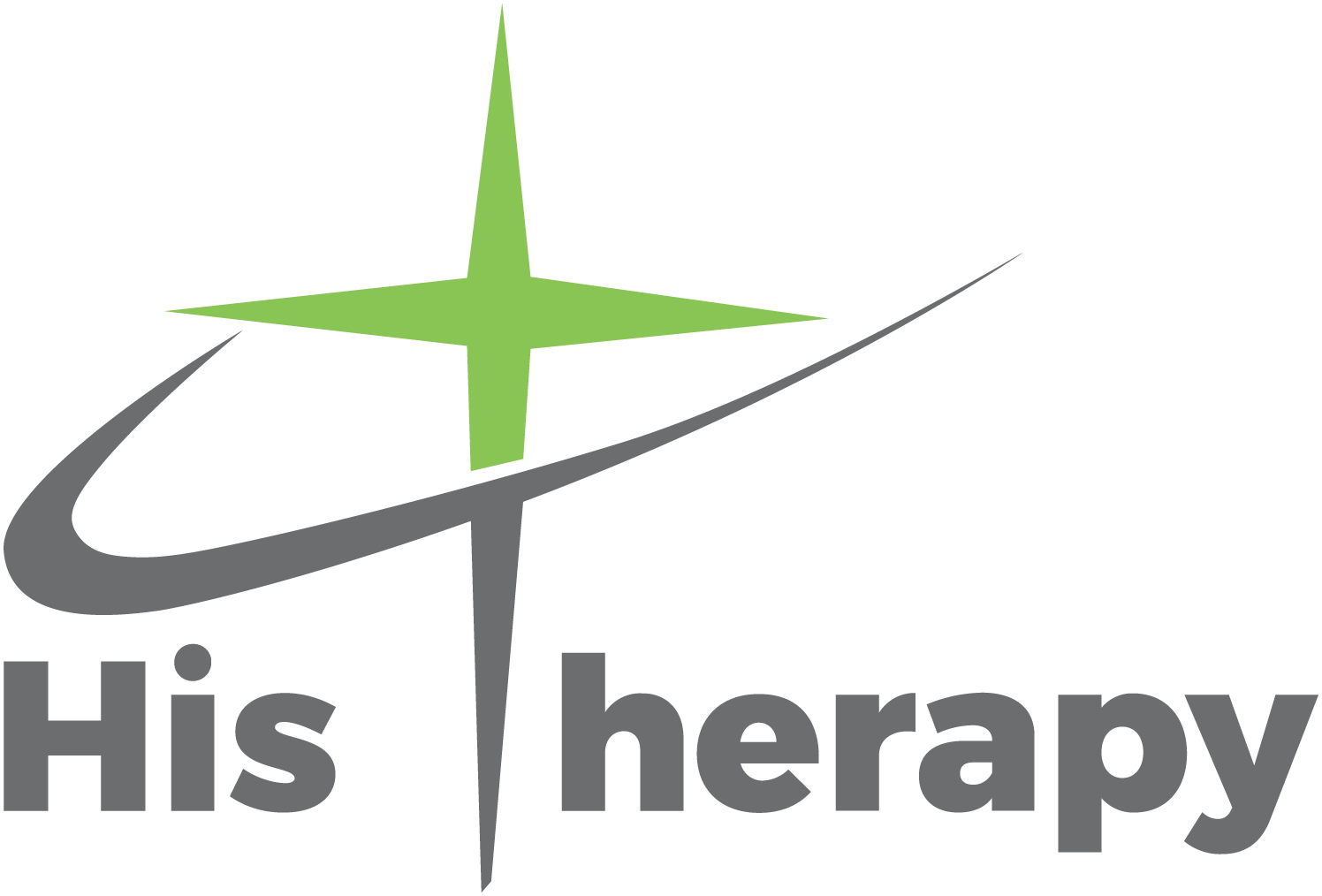Dry Needling for “Trigger Points” aka Myofascial Pain
Trigger points are irritable, hard “knots” within a muscle that may cause pain over a large area, leading to difficulty performing everyday tasks. When a person has painful muscles and trigger points, it is sometimes called myofascial pain syndrome.
Myofascial trigger points are a common type of pain. The word myofascial means muscle tissue and the connective tissue in and around it. These trigger points are usually the result of a muscle injury, resulting from repetitive strain. They are painful when pressed on and can create pain in another area as well, which is called referred pain.
Dry needling is a treatment that involves a very thin needle being pushed through the skin to stimulate a trigger point. Dry needling releases the tight muscle bands associated with trigger points and leads to decreased pain, improved function, and speeds up the recovery process.
Dry Needling is becoming a popular modality in medical practices, as musculoskeletal complaints are one of the most reported reasons to seek medical attention. Because contractures and trigger points are invisible to X-rays, MRI, CT’s, a Dry Needling Therapist can “feel” with the needle and utilize it as a diagnostic instrument. Contractures deep in the muscles can be felt with the needle via feedback on the quality of the tissues that it is penetrating.
